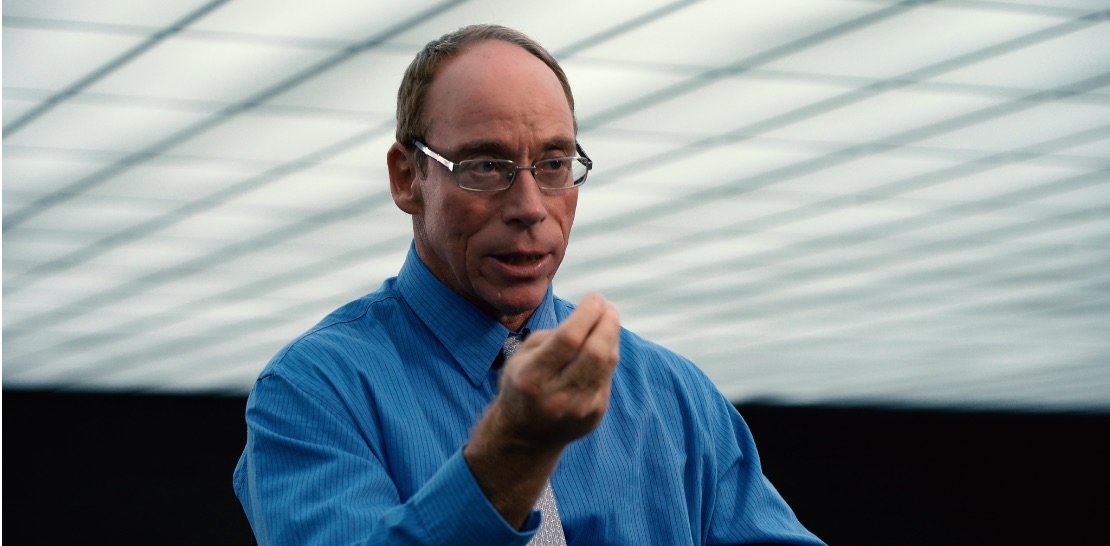ARIEL PHENOMENON
 Wednesday, May 25, 2022 at 6:03PM
Wednesday, May 25, 2022 at 6:03PM
This content was originally published on the Sydney Science Fiction Film Festival website.
Featuring: Dr. John E. Mack. Tim Leach, Emily Trim, Emma Kristiansen, Takudza Shawa, Nathaniel Coxall, Salma Siddick, Luke Neil, Robert Metcalf, Lisl Field, Lady Hwacha, Gunter Hofer and Cynthia Hind.
Writers: Christopher Seward and Randall Nickerson.
Director: Randall Nickerson.
Available to rent at the official Ariel Phenomenon website.
Rating: ★ ★ ★ ★

The most compelling case of extra-terrestrial interaction in recorded history is examined from an understated and deeply moving perspective in the investigative documentary feature, Ariel Phenomenon. By revisiting a fateful event that occured 28 years ago on the grounds of a Zimbabwean primary school, director Randall Nickerson not only re-examines with an acute sensitivity the most famous close encounter of the third kind of all time but also the impact on the lives and minds of those who were there.
On September 16 1994, the students of the Ariel School on the outskirts of the Ruwa township were witness to the arrival of an unidentifiable aircraft from which, it is claimed, humanoid beings emerged. Dozens of children aged between six and twelve witnessed associated phenomena in broad daylight - the descent and landing of the silver, saucer-and-dome shaped craft; intense displays of light and a deep humming noise; and, most astonishingly, the appearance and stealth abilities of the craft’s occupants.
Nickerson and co-writer Christopher Seward have exhaustingly compiled (and, given the excellent quality of the archival video content, likely remastered) the news footage of the incident, notably the work of BBC war correspondent, the late Tim Leach. The integrity and honesty of the young people who were present at the event is left in no doubt, and the production ensures their recollections are granted the respect that most figures in authority did not afford them at the time.
The key figure in the film’s narrative is Emily Trim, a middle-schooler at Ariel at the time of the encounter and now an adult struggling with the memories and emotions it conjures in her. Trim returns to Zimbabwe from her Canadian base, where she reconnects with teachers and fellow students and her catharsis is warmly defined and tracked through to its uplifting conclusion.

But the confusion and sense of abandonment that she and her childhood friends experienced whenever they expressed their realities of that day has scarred them. One experiencer reveals to the camera that after all these years, she has still not told her husband of her Ariel encounter; some are speaking out for the first time in decades for Nickerson’s cameras. In its depiction of how the events of September 16 unfolded, Ariel Phenomenon segues into a potent study of how corrosive to one’s spirit the denial of truth can be.
It is a theme carried over into those that tried to show their support for the Ariel kids. Leach saw his standing within the hallowed halls of ‘The Beeb’ deteriorate as he took his account of the visitation to the highest levels to get it told. The other key figure in the documentary is Pulitzer Prize-winning author, Dr John E. Mack, the Harvard academic who interviewed the schoolchildren and openly declared that their version of events were to be believed. Despite his credentials, Mack would become persona non grata amongst the tenured professors when his case studies in alien abduction and its associated psychology got swept into pop culture status and the university discredited him publicly.
In a media landscape where dime-a-dozen ‘Are we alone?’-type pseudo-docos litter the streaming channels, Ariel Phenomenon appears positively barebones in its frank presentation of evidence and emotions. Nickerson forgoes such B-grade standards as ominous narration or laptop CGI, instead relying upon the memories and voices of those who were there.
Having crowdfunded the project and undertaken to self distribute his film, Randall Nickerson has fought the long battle to bring the story of the Ariel kids-turned-adults to the screen, and his investment in the truth of both their experience and subsequent struggles is profound. Its thrilling retelling of a complex sociological event aside, the finest achievement of Ariel Phenomenon is the platform that it provides those burdened by a truth kept secret to recount openly the moments that changed their lives forever.
 Documentary,
Documentary,  Independent,
Independent,  UFO,
UFO,  aliens
aliens 








